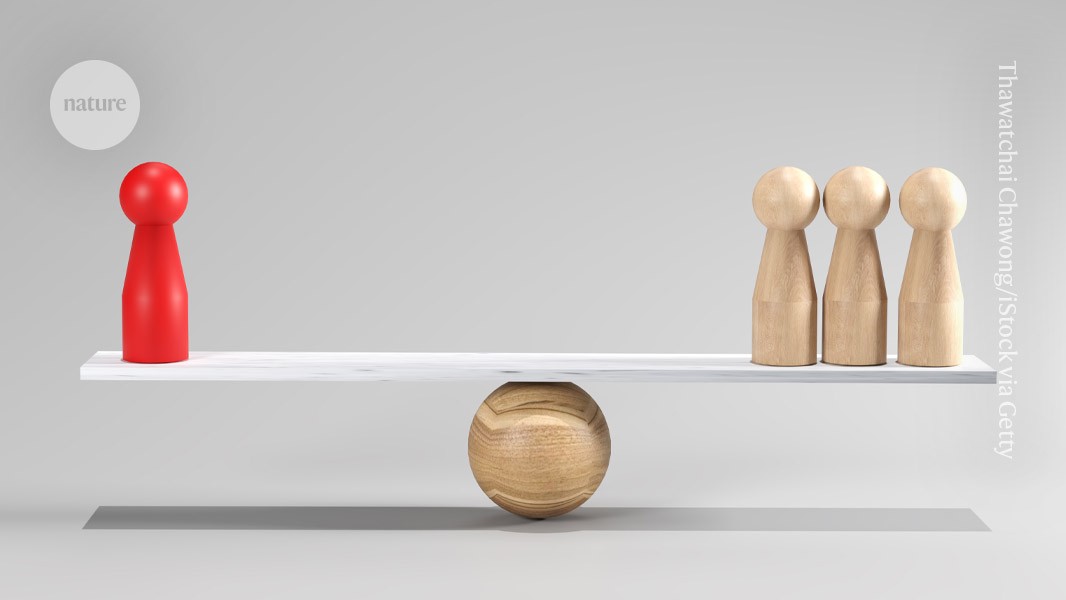![]()
We are coming up on five years since the first M1 Macs shipped. It was an incredible time to be a Mac user. Those first Apple silicon Macs looked like the Intel machines they replaced, but they were better in every single way.
In December 2020, John Gruber wrote:
We knew this to be true: Computers could run fast and hot, or slow and cool. For laptops in particular, the best you could hope for is a middle ground: fast enough and cool enough. But if you wanted a machine that ran really fast, it wasn’t going to run cool (and wasn’t going to last long on battery), and if you wanted a computer that ran cool (and lasted long on battery), it wasn’t going to be fast.
We knew this to be true because that was the way things were. But now, with the M1 Macs, it’s not. M1 Macs run very fast and do so while remaining very cool and lasting mind-bogglingly long on battery. It was a fundamental trade-off inherent to PC computing, and now we don’t have to make it.
Despite its Touch Bar, I immediately bought that first M1 MacBook Pro, and when the 14-inch MacBook Pro came out a year later, I moved to it.1 I’m typing these very words on my 14-inch MacBook Pro with an M4 Max inside. Each of these machines was faster than the one before it, outperforming my old iMac Pro and Mac Pro in new ways with every upgrade.
Apple silicon has been nothing but upside for the Mac, and yet some seem bored already. In the days since Apple announced the M5, I’ve seen and heard this sentiment more than I expected:
This is just another boring incremental upgrade.
That 👏 is 👏 the 👏 point.
Back in the PowerPC and Intel days, Macs would sometimes go years between meaningful spec bumps, as Apple waited on its partners to deliver appropriate hardware for various machines. From failing NVIDIA cards in MacBook Pros to 27-inch Intel iMacs that ran so hot the fans were audible at all times, Mac hardware wasn’t always what Apple wanted.
Of course, some of the issues with previous generations of Mac were Apple’s fault — look no further than the butterfly keyboard or the years the Mac Pro spent in the wilderness. Apple will make questionable decisions in the future, just as it has in the past.
The difference is that with Apple silicon, Apple owns and controls the primary technologies behind the products it makes, as Tim Cook has always wanted. It means that it can ship updates to its SoCs on a regular cadence, making progress in terms of both power and efficiency each time.
A predictable update schedule means that incremental updates are inevitable. Revolution then evolution is not a bad thing; it’s okay that not every release is exciting or groundbreaking. It’s how technology has worked for decades.
…but some people have short memories. Before the Apple silicon introduction, we all wanted steady, predictable progress in Mac hardware development. We wanted each product in the lineup to be updated regularly and not wither on the vine for years. For the most part, Apple has delivered. Just look at this chart of the progress Apple has made since the M1:
![]()
![]()
I don’t see anything in those charts to complain about, especially given the frequency at which most people buy new computers. That’s one reason why Apple compared the M5 to the M1 in its press release announcing the new chip. Unless you buy a new computer every year, every update you experience will be meaningful.
That’s what we wanted when Apple announced the move away from Intel, and calling it boring five years in is missing the point and downplaying the success of Apple silicon thus far.
.png)




